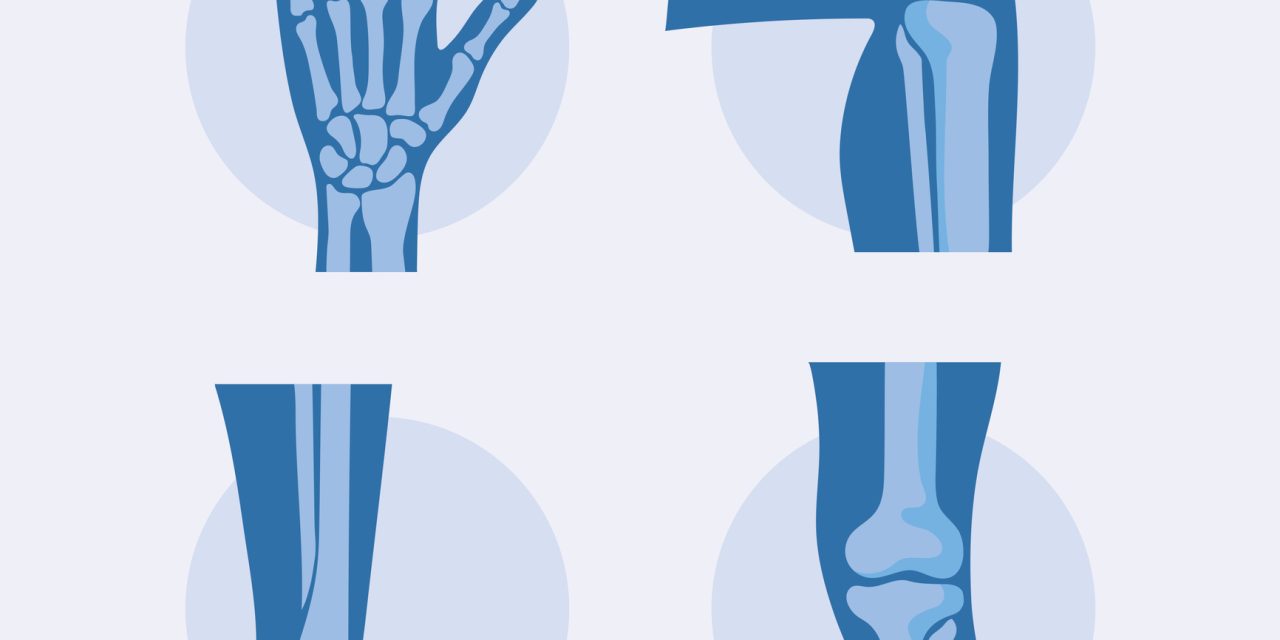Patients with symptomatic single-level combination of degenerative stenosis and low-grade spondylolisthesis are often treated by nerve root decompression and spinal fusion. The gold standard is traditional open decompression and fusion, but minimally invasive method is more and more prevailing. However, there is lack of high-quality studies comparing these two techniques in order to obtain the advantages and certain indications to use one of these methods. The current study includes clinical, safety and radiological endpoints to determine the effectiveness of minimally invasive decompression and fusion (MIS-TLIF) over the traditional open one (O-TLIF).
All patients aged 40-75 years with neurogenic claudication or bilateral radiculopathy caused by single-level combination of degenerative stenosis and low-grade spondylolisthesis, confirmed by MRI with these symptoms persisting for at least 3 months prior to surgery, are eligible. Patients will be randomised into MIS-TLIF or traditional O-TLIF. The primary outcome measure is Oswestry Disability Index at 3-month follow-up term. The secondary outcomes are patient-reported outcome measures by the number of clinical scales, radiological parameters including sagittal balance parameters, safety endpoints and cost-effectiveness of each method. All patients will be analysed preoperatively, as well as on the 14th day of hospital stay (or on the day of hospital discharge), 3 months, 6 months, 12 months and 24 months postoperatively. The study has the design of a parallel group to demonstrate the non-inferior clinical results of MIS-TLIF compared with the traditional O-TLIF.
The study will be performed according to Helsinki Declaration. The study protocol was approved by the Local Ethical Committee of Priorov National Medical Research Center of Traumatology and Orthopedics in August 2020. Preliminary and final results will be presented in peer-reviewed journals, especially orthopaedic and spine surgery journals, at national and international congresses.
NCT04594980.
© Author(s) (or their employer(s)) 2021. Re-use permitted under CC BY-NC. No commercial re-use. See rights and permissions. Published by BMJ.
MIS-TLIF versus O-TLIF for single-level degenerative stenosis: study protocol for randomised controlled trial.


